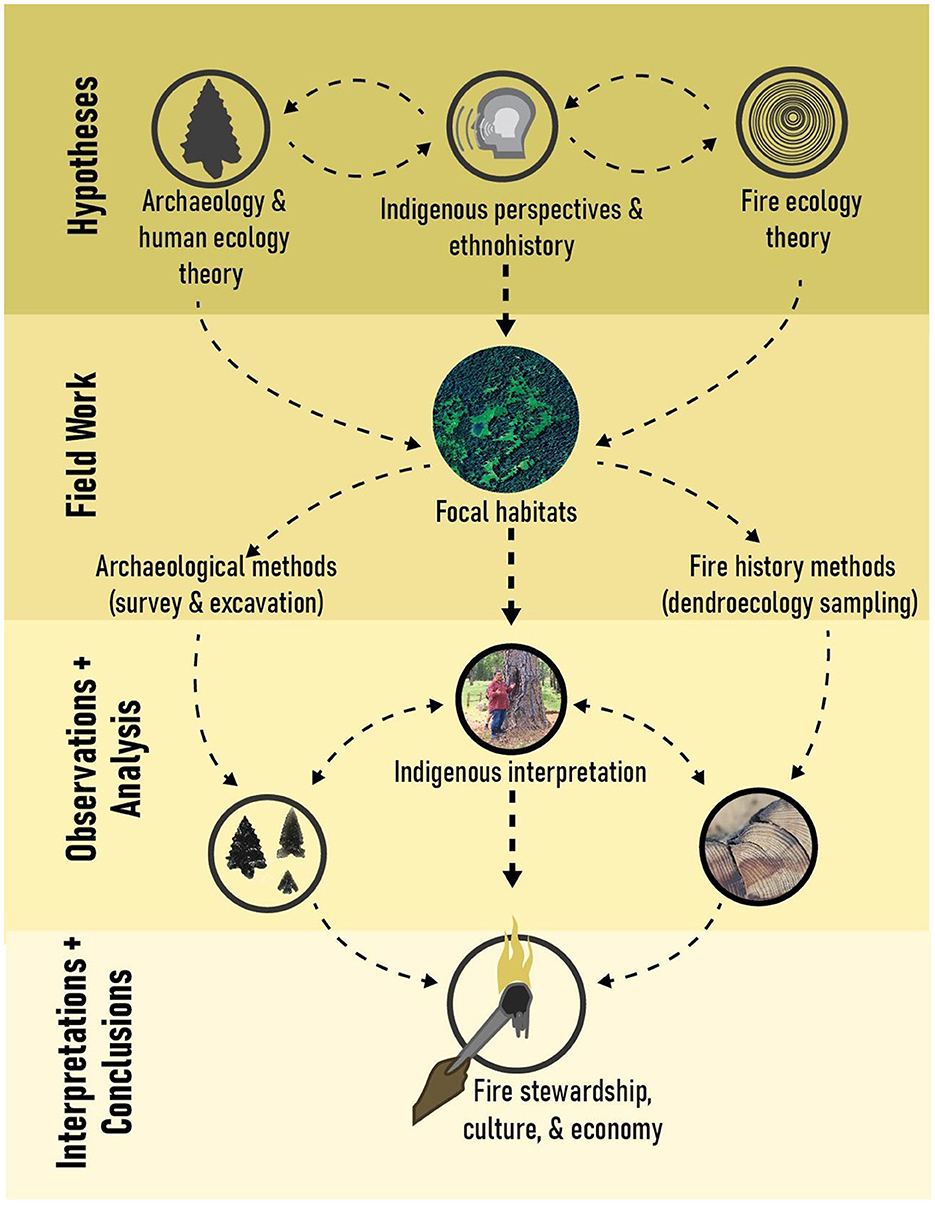
Echoes in Stone and Soil: Unveiling the Engineering Marvels of Pre-Contact Indigenous Civilizations
Long before the advent of industrial machinery and Eurocentric narratives of progress, indigenous peoples across the globe were master engineers, architects, and innovators. Their civilizations, often dismissed as "primitive" by colonial observers, crafted astonishing feats of engineering that stand as testaments to profound scientific understanding, ecological wisdom, and an unparalleled ability to adapt and thrive within their environments. From vast agricultural systems that fed millions to intricate urban centers, resilient infrastructure, and celestial observatories, these pre-contact marvels demonstrate an ingenuity that challenges modern assumptions and offers vital lessons for today.
The misconception of indigenous peoples as mere hunter-gatherers or simple farmers belies a rich history of sophisticated engineering. Their innovations were not driven by conquest or resource extraction in the modern sense, but by the fundamental needs of community, sustenance, defense, and spiritual connection. They engineered solutions that were sustainable, often for millennia, demonstrating a deep respect for natural systems rather than an impulse to dominate them.
Water: The Lifeblood Engineered
Perhaps nowhere is indigenous engineering prowess more evident than in their mastery of water management. Across continents, societies devised ingenious systems to harness, store, and distribute this vital resource, transforming arid lands into fertile breadbaskets and sustaining dense populations.
In the Andean highlands, the Inca and their predecessors developed a breathtaking array of hydraulic engineering marvels. The famous agricultural terraces, like those at Pisac and Moray, were not merely steps carved into hillsides; they were sophisticated microclimates, each level designed to capture and retain moisture, prevent erosion, and maximize solar absorption. The gradient of these terraces was meticulously calculated to allow water to flow slowly, irrigating each level before draining away. Coupled with intricate canal systems that sometimes stretched for miles, fed by snowmelt and mountain springs, these terraces allowed for the cultivation of diverse crops at various altitudes, ensuring food security for the vast Inca Empire. The site of Tipón, often called an "Inca water temple," showcases perfectly preserved fountains, canals, and agricultural terraces that still function today, a testament to their enduring design.

Further north, in Mesoamerica, the Aztec civilization engineered the chinampas – the "floating gardens" of Tenochtitlan. Built on the shallow lakebed of Lake Texcoco, these artificial islands were constructed by dredging rich mud from the lake floor and layering it with decaying vegetation, then anchoring the fertile beds with willow trees. These highly productive agricultural plots were continuously irrigated by the surrounding lake water, eliminating the need for rainfall and yielding multiple harvests per year. "The chinampas were an ecological engineering marvel," notes Dr. Janine Gasco, an archaeologist specializing in Mesoamerica, "they transformed an otherwise unproductive wetland into a highly efficient agricultural system that sustained a city of hundreds of thousands."
In what is now the Southwestern United States, the Hohokam people of present-day Arizona developed an intricate network of irrigation canals spanning hundreds of miles. Constructed over a period of a thousand years, these canals, some up to 10 feet deep and 30 feet wide, diverted water from rivers like the Gila and Salt, transforming the desert into a verdant agricultural landscape. Their precision in surveying and constructing these channels, often across challenging terrain, allowed water to flow by gravity alone, sustaining large settlements and complex societies for over a millennium. Modern engineers have marveled at their efficiency and sustainability, with some contemporary canal systems in the region following the very paths laid out by the Hohokam.
Urban Planning and Monumental Architecture
Beyond water, indigenous engineers designed and constructed vast urban centers and monumental structures that rivaled, and sometimes surpassed, those of their Old World contemporaries.
Cahokia, located near modern-day St. Louis, Missouri, was the largest pre-Columbian city north of Mexico, peaking around 1050-1200 CE. Its centerpiece, Monks Mound, is the largest earthen structure in the Americas, rising 100 feet high and covering 14 acres at its base, larger than the Great Pyramid of Giza. This monumental earthwork, along with over 120 other mounds, was meticulously constructed by moving an estimated 22 million cubic feet of earth in baskets, a staggering feat of labor and planning. Cahokia featured sophisticated urban planning, with distinct residential zones, public plazas, and a complex solar calendar known as Woodhenge, demonstrating advanced astronomical knowledge applied to community organization.
In the highlands of Peru, Machu Picchu stands as a breathtaking example of Inca architectural and civil engineering. Perched precariously on a mountain ridge, the city’s construction involved precisely cut, mortarless stone blocks, some weighing many tons, fitted together with such precision that a knife blade cannot be inserted between them. This technique, known as ashlar masonry, made the structures remarkably resistant to the region’s frequent earthquakes. The city also incorporated sophisticated drainage systems, including hundreds of terraces and stone-lined channels, to manage torrential rainfall and prevent erosion on the steep slopes. "Machu Picchu is not just a city; it’s a profound statement of how to live in harmony with a dramatic and challenging landscape," says archaeologist Dr. Kenneth Wright, who has studied its hydrology extensively.
Further south, in present-day Zimbabwe, the Great Zimbabwe complex (11th-15th centuries CE) showcases extraordinary dry-stone masonry. Its massive, curving walls, some over 30 feet high and 16 feet thick, were built without mortar, relying solely on the precision of interlocking granite blocks. The "Great Enclosure" features a conical tower, an architectural enigma whose purpose is still debated, but its sheer scale and craftsmanship speak volumes about the engineering capabilities of the Shona people.
Roads, Bridges, and Oceanic Voyages
Connectivity was another area where indigenous engineers excelled. The Inca road system, known as the Qhapaq Ñan, was an unparalleled network of over 25,000 miles of paved roads, suspension bridges, and tunnels, traversing some of the world’s most extreme terrain, from arid coastlines to towering Andean peaks and dense jungles. This network rivaled, and in some respects surpassed, the Roman road system, designed not for wheeled vehicles (which the Inca did not use) but for foot traffic and llama caravans. The Inca ingeniously employed local materials and techniques: cut stone pathways in the mountains, causeways through swamps, and remarkable braided grass suspension bridges (Q’eswachaka being the last surviving example) that spanned treacherous gorges. These bridges were rebuilt annually, a testament to communal knowledge and engineering tradition.

Across the vast expanse of the Pacific, Polynesian navigators embarked on some of humanity’s most audacious engineering feats: the systematic exploration and settlement of an ocean covering one-third of the Earth’s surface. Their double-hulled voyaging canoes, or wa’a kaulua, were sophisticated vessels, expertly designed for speed, stability, and carrying capacity over thousands of miles. But the true marvel was their "wayfinding" system – a complex, holistic science incorporating celestial navigation (stars, sun, moon), wave patterns, wind direction, cloud formations, and the flight paths of birds. "Polynesian navigation was not just about getting from point A to point B; it was an applied cosmology, a profound understanding of the interconnectedness of ocean, sky, and land," explains Dr. Nainoa Thompson, a master navigator and president of the Polynesian Voyaging Society. This intellectual engineering allowed them to precisely navigate vast distances without instruments, discovering and settling nearly every habitable island in the Pacific.
Astronomical Observatories and Calendrical Precision
Indigenous peoples also demonstrated profound understanding of celestial mechanics, often integrating astronomical observations into their architecture and urban planning. Chaco Canyon in New Mexico, home to the Ancestral Puebloans, contains structures like Pueblo Bonito, which exhibit precise solar and lunar alignments. The "Sun Dagger" petroglyph at Fajada Butte, for example, marks the solstices and equinoxes with striking accuracy, illustrating an advanced understanding of the sun’s movements. These alignments were crucial for calendrical purposes, guiding agricultural cycles and ceremonial life. Similarly, the Maya of Mesoamerica developed incredibly accurate calendar systems and built observatories, such as El Caracol at Chichen Itza, to track celestial bodies, integrating their knowledge into sophisticated mathematical and astronomical calculations.
A Legacy of Sustainable Innovation
The engineering marvels of pre-contact indigenous civilizations were not isolated incidents but a global phenomenon, reflecting diverse solutions to universal challenges. What unites them is a recurring emphasis on sustainability, resilience, and a profound connection to the natural world. They built with an understanding of their local ecosystems, often enhancing biodiversity and soil health rather than depleting them. Their knowledge was passed down through generations, refined and adapted, allowing their societies to flourish for centuries, even millennia.
These achievements challenge the narrow, often biased, view of human progress. They remind us that innovation takes many forms and that complex problems can be solved with ingenuity, communal effort, and a deep respect for the environment. As the world grapples with climate change, resource scarcity, and the search for sustainable living, the echoes of these ancient engineers offer not just admiration for the past, but vital lessons for our future. Recognizing and learning from these pre-contact indigenous engineering marvels is not just an act of historical correction, but a critical step towards a more inclusive and sustainable understanding of human ingenuity.


